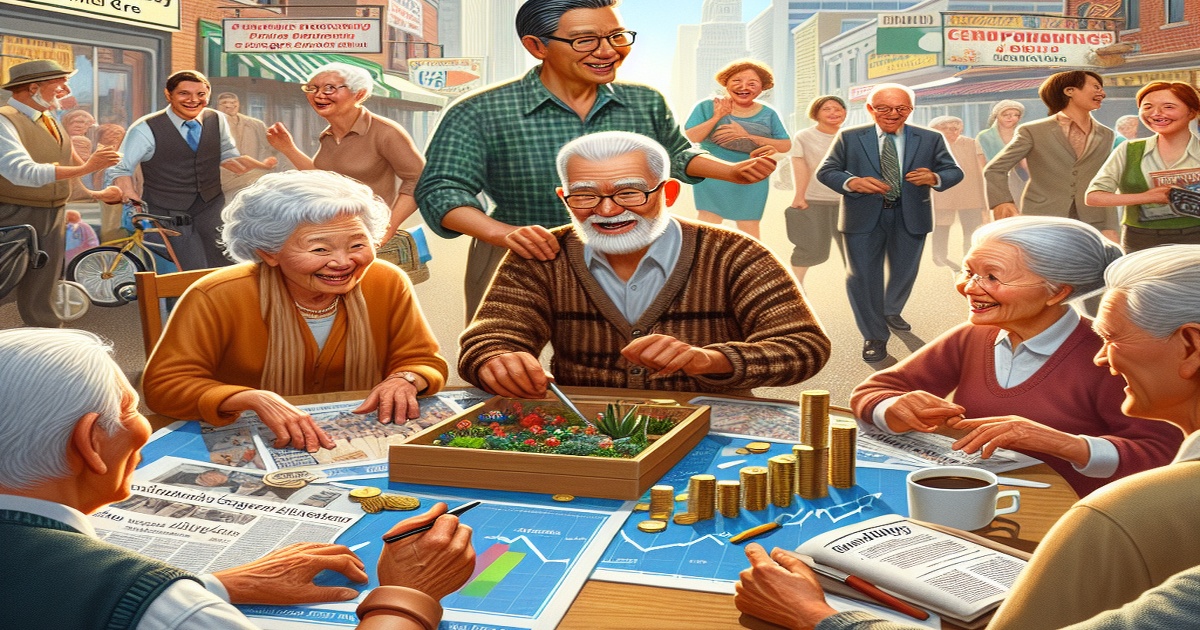With projections indicating that over 400 million individuals aged 60 and above will populate China by 2035, the nation is strategically utilizing its large domestic market and established industrial capabilities to cultivate the silver economy. This approach not only aims to improve the quality of life for older citizens but also paves the way for new economic opportunities and innovations, as noted by analysts who believe China's experience presents valuable lessons for other developing nations facing demographic shifts.
Currently, approximately 300 million people in China are aged 60 or older, making it home to the largest senior demographic worldwide, accounting for one in every four seniors globally. Zhang Ming, the deputy director of the Institute of Finance and Banking, emphasizes the potential of this age group as a driving force for the silver economy, countering perspectives that view the aging population as a liability.
China’s extensive industrial and supply chain capabilities, coupled with its innovative potential, provide the right environment to propel this sector forward. According to the China Research Center on Aging, the silver economy could expand dramatically from 7 trillion yuan (about $970 billion) in 2024 to an estimated 30 trillion yuan by 2035, with economist Ren Zeping forecasting that elderly consumption could reach between 40 to 69 trillion yuan by 2050, representing up to 20.7 percent of the nation's GDP.
Over the years, the silver economy has begun to establish itself within China, revealing new consumer trends that reflect the growing desire and ability of seniors to improve their living standards. The consumption habits of those born in the 1960s and after are gradually shifting towards self-gifting, placing greater importance on product quality, enjoyable experiences, and personal expression. Liu Ming, director of the Department of Social Development at the National Development and Reform Commission, observes a merging of consumption attitudes between younger and older generations, indicating that the traditional distinctions in their preferences and behaviors are becoming less pronounced.







6 Comments
Manolo Noriega
I’m worried this trend will create even more pressure on seniors to stay active and engaged, which may not be feasible for everyone.
Fuerza
This focus could lead to new opportunities that improve quality of life for the elderly. Let’s celebrate this positive shift in society!
Manolo Noriega
It’s refreshing to see a conversation that values seniors accurately. They have so much to offer and should be seen as active participants.
Ongania
Such a focus on demographic shifts often glosses over the underlying issues of poverty and isolation faced by many seniors in China.
Manolo Noriega
This silver economy concept seems like a way to exploit the elderly rather than truly support them. Are we just turning their needs into profit?
Sammmm
While it’s nice to see potential economic growth, I worry that focusing too much on the silver economy might neglect the health and emotional well-being of seniors.